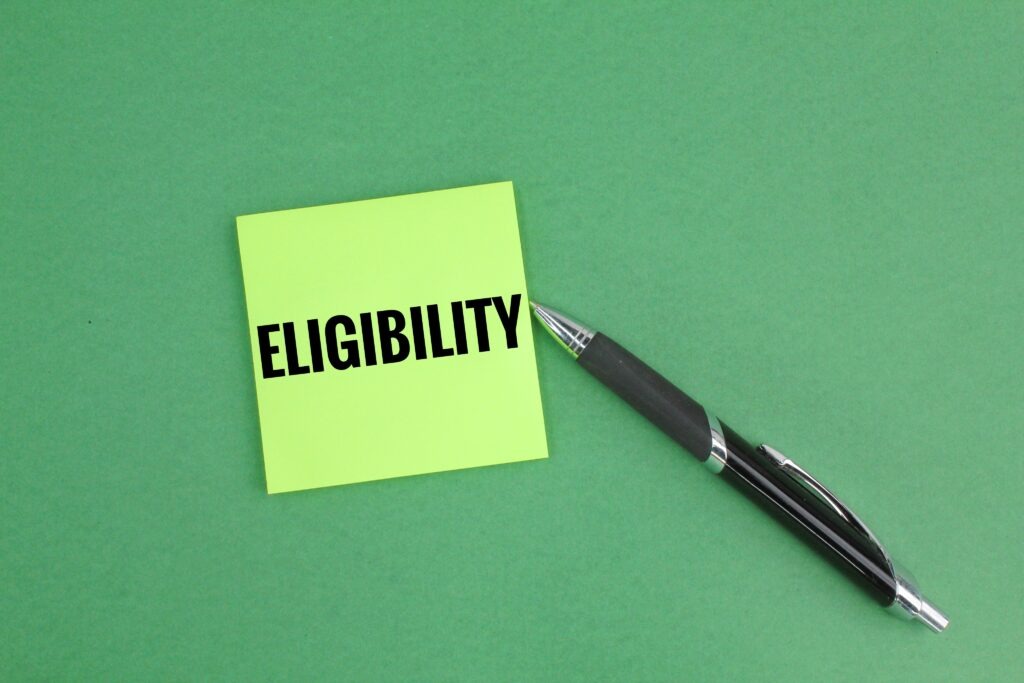Undergraduate Admissions
The University of Minnesota, Twin Cities (UMN) is a public research university and the state’s largest institution of higher education. It is also among the top 50 public universities in the United States.
The school was founded on November 16, 1851, by an act of the legislature, making it one of the oldest institutions in Minnesota. Originally named The State University of Minnesota, it underwent several name changes before settling on its current title. UMN’s main campus sits on over 2 million square feet (200 acres) within Minneapolis-St Paul; there are additional campuses across Minnesota as well as abroad at sites such as Singapore Management University and Shanghai Jiao Tong University School of Medicine


Application Process
The application process is online, and the fee is $60. The deadline for submitting your application is November 1, but you can apply earlier if you want to get an early decision from the University of Minnesota. If you wait until later in the cycle, it may take longer for us to review your application because we receive so many applications each year.
We do not offer fee waivers or exceptions for this fee; therefore, all applicants must pay it before their application is considered complete and reviewed by our admissions staff.
If admitted as a new first-year student at UM (not transfer), no additional fees are required before enrollment other than those listed above.”
Progression and Retention Rates
The progression and retention rates are significant because they tell how likely your child will graduate from the university. The higher these numbers are, the better.
The progression rate is the percentage of students who graduate within four years. For example, if 100 students started as freshmen in 2018 and 80 graduated with a bachelor’s degree by 2022, their 4-year progression rate would be 80%.
The retention rate is the percentage of students who return to the university after their first year (or another point during their studies). For example, if 100 freshmen returned as sophomore but only 90 remained enrolled through instead of graduating or transferring out (as some did), their 2nd-year retention rate would be 90%.


Student Body and Demographics
The University of Minnesota has a diverse student body representing over 100 countries. You’ll also find that most students come from Minnesota, but many are from other states and countries.
Students from all over the world come to study at this school because they value its excellent academic programs and research opportunities and its location in one of America’s largest cities (Minneapolis).

Admission Requirements and Eligibility
The University of Minnesota’s undergraduate program has an acceptance rate of 52%, which is relatively low compared to other schools in the state. Students entering their first year at the university must have completed high school coursework in English, math and science. The average GPA for admitted applicants was 3.7 on a 4-point scale, and their SAT scores ranged from 1160-1390 out of 1600 points – this is considered competitive for most colleges or universities across the country (though you should always check with your top choice school!). For those interested in applying as an international student: yes! You can use it as an international student, but additional requirements and deadlines are specific to non-US citizens.

Explore the University of Minnesota
The University of Minnesota is in Minneapolis, a city known for its vibrant arts scene and culture. It’s also home to the Minnesota Twins baseball team, which won a World Series title in 1991.
The University of Minnesota has several campuses across the state: Twin Cities Campus (UMTC), Crookston Campus (UMC), Duluth Campus (UMD) and Rochester Campus (UMR). The Duluth campus offers online courses through distance education programs and onsite courses at its Center for Excellence in Higher Education facility downtown.
The University offers more than 250 undergraduate majors along with over 100 graduate programs through eight colleges, including the College of Agriculture, Biological Sciences, Design, Hubert H. Humphrey School of Public Affairs, Medical School, School Psychology Program, and School of Social Work Program.

Tuition, Financial Aid and Scholarships
- Tuition and Fees
The University of Minnesota’s undergraduate tuition is $13,294. This includes both in-state and out-of-state residents and students who live in a different state but commute to campus. Students classified as non-resident aliens must pay an additional $2,000 per semester or $4,000 per year. These fees are subject to change each year depending on legislative appropriations made by the Minnesota House of Representatives and Senate Finance Committee.
- Financial Aid and Scholarships
The UMN offers many types of financial aid options for first-time freshmen applicants and returning students who have attended another college or university before applying at UMN. In addition to traditional loans (such as Federal Direct Student Loans), scholarships are available through private organizations such as Coca-Cola Scholars Foundation or United Negro College Fund (UNCF). The deadline date for scholarship applications varies according to each organization, so check their website before sending off your application materials!
The University of Minnesota is one of the state's largest universities
The University of Minnesota is one of the state’s largest universities, with over 50,000 students. The campus is in Minneapolis, which is also home to several other colleges and universities.
The school offers undergraduate degrees in more than 100 majors and graduate degrees in over 200 fields. It also has several programs for working adults who want to continue their education or change careers.